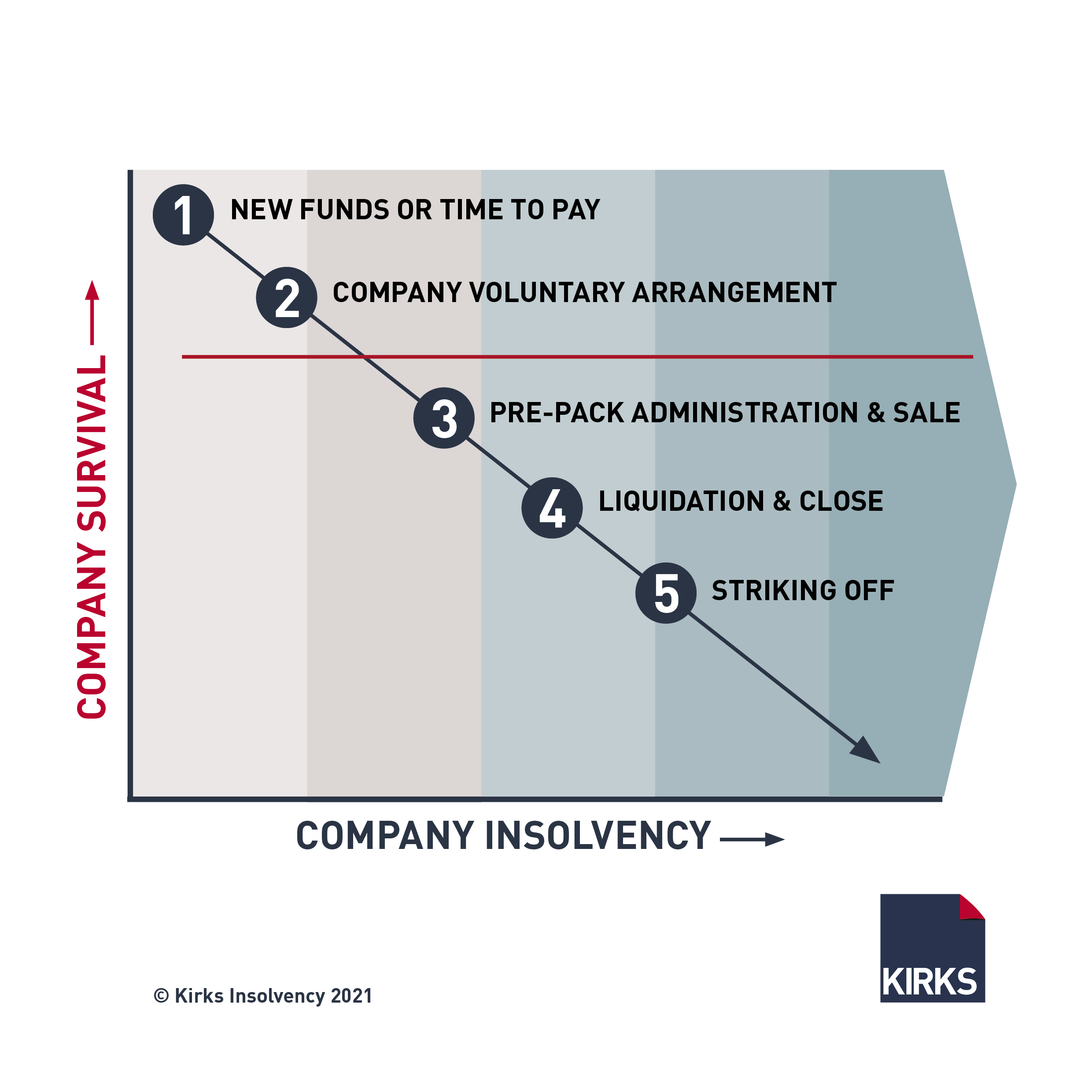The Best Strategy To Use For Insolvency Practitioner
The Best Strategy To Use For Insolvency Practitioner
Blog Article
Some Of Insolvency Practitioner
Table of ContentsGetting My Insolvency Practitioner To WorkLittle Known Questions About Insolvency Practitioner.How Insolvency Practitioner can Save You Time, Stress, and Money.Little Known Questions About Insolvency Practitioner.Getting The Insolvency Practitioner To WorkInsolvency Practitioner Can Be Fun For AnyoneWhat Does Insolvency Practitioner Do?
Insurance coverage is checked and managed by state insurance policy divisions, and among their key goals is securing insurance policy holders from the threat of a firm in economic distress. When a firm gets in a duration of economic trouble and is not able to satisfy its responsibilities, the insurance commissioner in the company's home state launches a processdictated by the legislations of the statewhereby efforts are made to help the business regain its monetary footing.If it is figured out that the company can not be restored, the company is proclaimed financially troubled, and the commissioner will ask the state court to order the liquidation of the firm. [Back] The insurance coverage commissioner, either designated by the guv or elected, heads the state insurance division and screens and regulates insurance policy activity within the state.

[Back] By getting control of a company, the commissioner (or the insurance department) is, by legislation, the rehabilitator or liquidator of the business. In this capability, the commissioner or department takes control of the business's operations. Instead of do so directly, the commissioner may keep a special deputy receiver to monitor the business's activities.
Some Known Factual Statements About Insolvency Practitioner
The receiver looks after an accountancy of the business's assets and responsibilities and provides the estate of the company. In doing so, the receiver looks for to maximize the business's possessions, transfer them to cash, and after that disperse that cash money to creditors having valid claims versus the insurance provider based on repayment top priorities specified by state law (in all states, policyholders are concern complaintants whose insurance claims are paid before those of basic creditors).
All insurance provider (with minimal exceptions) accredited to offer life or wellness insurance coverage or annuities in a state have to be members of that state's warranty association. The guaranty organization accepts the commissioner and the receiver in pre-liquidation preparation. As soon as the liquidation is purchased, the warranty organization provides protection to the firm's policyholders that are state homeowners (up to the degrees defined by state lawssee listed below; any benefit quantities over the warranty asociation benefit levels end up being cases versus the company's staying properties).
The above protection levels apply separately for each and every insolvent insurer. [Back] When an insurance firm fails and there is a shortfall of funds needed to satisfy the commitments to insurance holders, state warranty associations are activated. Guaranty associations have two main sources of funding when offering protection to policyholders. Guaranty organizations have subrogation civil liberties to a proportionate share of the possessions staying in the fallen short insurance provider.
Some Known Facts About Insolvency Practitioner.
Second, insurance companies doing organization in that state are evaluated a share of the amount called for to fulfill the portion of the guaranty associations' protected cases not otherwise funded with estate go possessions. The quantity insurers are assessed is based on the amount of premiums that they gather in that state. The National Company of Life and Wellness Insurance Policy Guaranty Associations (NOLHGA) is made up of the life and health insurance guaranty associations of all 50 states and the District of Columbia.
NOLHGA develops a task force of representative warranty organizations to function with the insurance policy commissioner to establish a plan to safeguard insurance holders.
You are here: Bankruptcy is when a business or person can't pay financial obligations when they are due. There are a number Learn More Here of options available to an insolvent company or individual: ASIC manages business, it does not manage personal bankruptcy treatments. For additional information about personal bankruptcy and individual insolvency agreements, see the Australian Financial Protection Authority web site.
The Buzz on Insolvency Practitioner
Predictive defense by helping you pick the best consumers and the best markets to stay clear of negative financial debt in the very first place, thanks to severe monetary analysis (Insolvency Practitioner). Extensive market knowledge, offering you with 360-degree visibility on business fields and impending problems. It would certainly be a simplification to think a trade credit scores insurance policy begins and ends with costs and pay-outs
This can take place for a number of reasons, consisting of inadequate financial administration, unanticipated costs, or a modification in the marketplace. If a company is financially troubled, it might be required to shut down or liquidate assets to pay lenders. This can have a significant influence on business, employees, and shareholders.
The 6-Minute Rule for Insolvency Practitioner
Why does a firm enter into bankruptcy? There are a number of reasons why a company might enter into bankruptcy.

The 9-Second Trick For Insolvency Practitioner
The business may be forced to market possessions, lay off personnel or even shut down. Lenders may be left out of pocket and the firm's investors may see their investment go away.
This can occur for a number of factors, consisting of poor financial monitoring, unforeseen costs, or a change in the marketplace. If a business is insolvent, it might be required to shut down or sell assets to pay financial institutions. This can have a significant effect on business, workers, and investors.
The Only Guide for Insolvency Practitioner
It can result in work losses, property sales, here and even insolvency. It is necessary to comprehend just how corporate insolvency works and just how it can influence your company. Why does a company participate in bankruptcy? There are a number of reasons that a business might participate in insolvency. The most typical factor is that the firm is incapable to pay its debts as they fall due.
Other reasons for bankruptcy consist of fraud, mismanagement, and unanticipated expenses. When a company comes to be financially troubled, its assets are made use of to settle its debts. This can have a major effect on business, as it may no longer have the ability to continue running. Insolvency can additionally result in work losses and the closure of services.
The business might be compelled to sell assets, lay off personnel or also shut down. Creditors may be left out of pocket and the business's shareholders might see their financial investment disappear.
Report this page